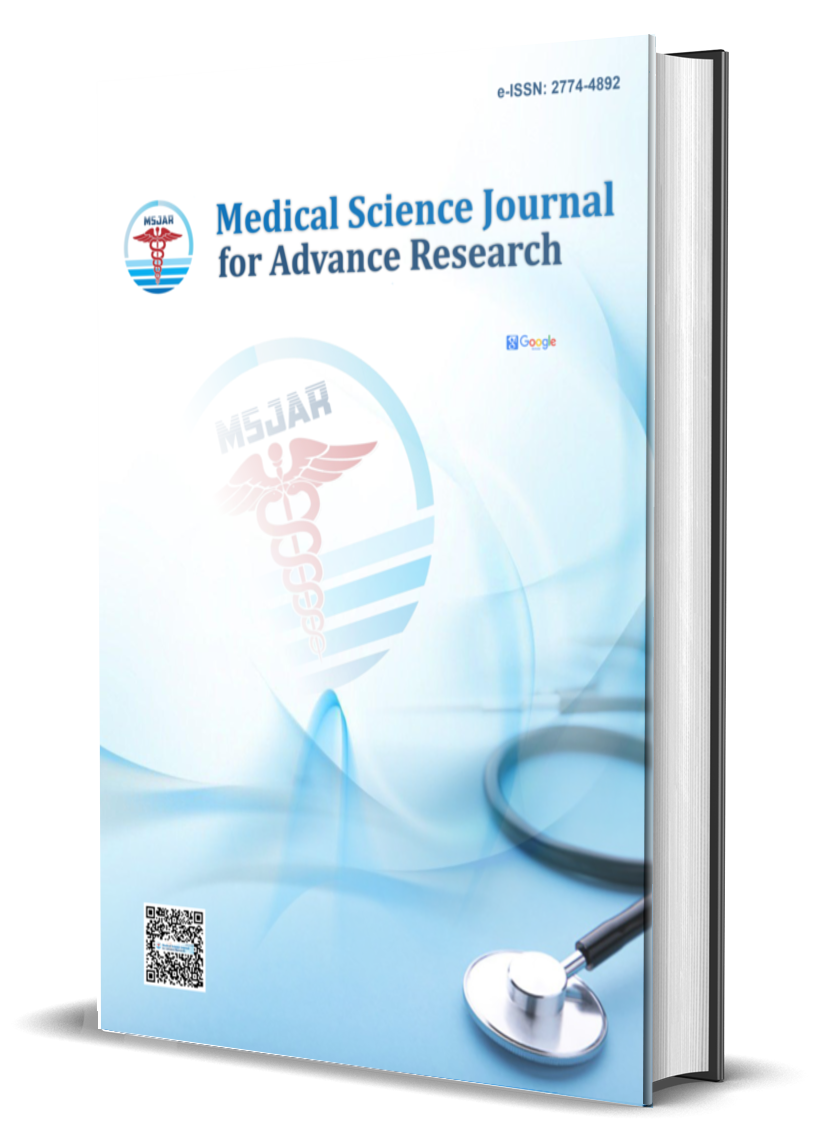Main Article Content
Abstract
Objectives: To identify and characterize methicillin-resistant Staphylococcus aureus (MRSA) isolates from clinical specimens in Basra Province, Iraq. Methods: MRSA isolates were identified and tested for antimicrobial susceptibility by using the VITEK® 2 system. Antibiotic resistance was further confirmed using the standard disk diffusion method and detection of the mecA gene via PCR. Inducible clindamycin resistance was detected using a modified disk diffusion assay following CLSI guidelines. Results: Of 108 Staphylococcus aureus isolates, 41 (38%) were identified as MRSA and 67 (62%) as methicillin-susceptible S. aureus (MSSA). Methicillin resistance was confirmed in all MRSA isolates by PCR detection of the mecA gene (310 bp). MRSA isolates showed higher resistance rates to erythromycin (51% vs. 24%), tetracycline (49% vs. 21%), and clindamycin (42% vs. 19%) than MSSA isolates. Methicillin resistance was the most prevalent in sputum isolates (85.7%), followed by wounds (35.6%), and blood samples (30%). Among the erythromycin-resistant MRSA isolates, 33.3% exhibited inducible clindamycin resistance (iMLSB phenotype), compared to 12.7% of the MSSA isolates. Conclusion: This study demonstrated a notable prevalence of MRSA in Basra, with high resistance to commonly used antibiotics. The detection of inducible clindamycin resistance underscores the importance of routine D testing. Continued surveillance, antimicrobial stewardship, and infection control measures are essential to effectively manage the MRSA burden.
Keywords
Article Details

This work is licensed under a Creative Commons Attribution 4.0 International License.





